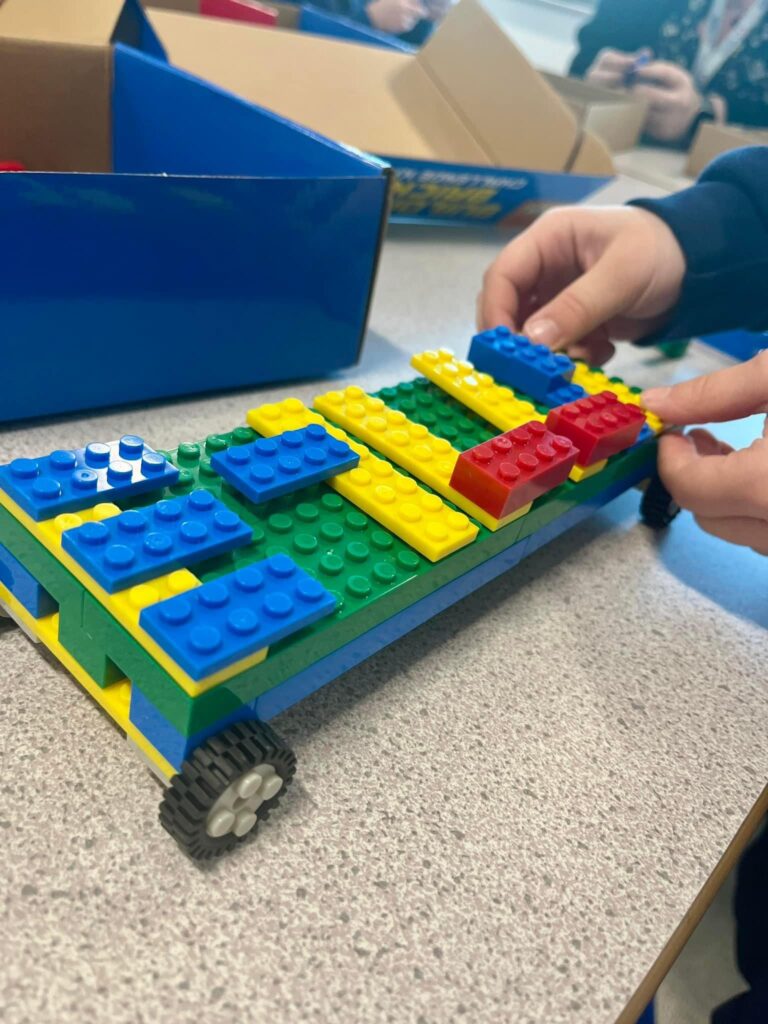Curriculum Intent
Our Curriculum Intent outlines the knowledge, skills and characteristics we want children to develop and learn throughout their time with us.
Watling Primary School’s Design and Technology curriculum maximises opportunities to develop pupils’ creativity, problem-solving skills, and understanding of the design process.
Our curriculum aims to inspire students to ask questions and experiment with varied materials, tools, and techniques to design and create unique products. It also focuses on children’s critical thinking and decision-making abilities as they engage in hands-on, practical design projects, both individually and as part of a team through active learning. Every project involves generating and communicating ideas through research, discussion and modelling with an emphasis on creating innovative and aspirational ideas. At all stages of the design process, children are encouraged to lead their own learning, embracing and overcoming challenges as an intrinsic part of the journey to success.
Additionally, the curriculum aims to promote an awareness of the impact of design and technology on society and the environment.
Overall, the primary Design and Technology curriculum aims to empowers pupils to become ground-breaking and responsible designers.
Curriculum Implementation
Our Curriculum Implementation explains what we will do and how we will do it, to ensure that children learn and achieve what we intend them to.
Our approach to the teaching and learning of DT includes the following:
- Three distinct units taught during the academic year.
- Timetabled one-hour lesson each week, including use of the STEAM Room and Arts Studio.
- Lessons planned using progression maps and curriculum end points.
- Lesson objectives linked to Watling Way values and CAPTAIN Learning Characteristics.
- High-quality resources used to enhance lessons.
- Separate sketchbook for DT for each child to record their learning over time as they progress through the school.
- Access to DT Knowledge Organisers.
- A final piece of work is completed in every unit.
- Children’s DT work is celebrated on Wonderful Watling Work classroom displays and around the school.
- Half termly year group STEAM Challenges include one week of Technology and one week of Engineering.
- Opportunities to attend extra-curricular DT clubs throughout the academic year.
Curriculum Impact
The impact of the implementation of our DT curriculum on outcomes for our children is monitored and evaluated at key points in the learning journey through the following methods:
- Formative and summative assessment strategies in line with our Feedback and Marking statement, including questioning and verbal feedback, and end of unit mini assessments
- Book looks
- Pupil voice
- Learning walks and lesson visits
- Termly Subject Lead monitoring meetings
- Analysis of DT MAPs (Monitoring Attainment and Progress spreadsheets)
The National Curriculum Programmes of Study for DT for Key Stage 1 and 2 provide further information.






